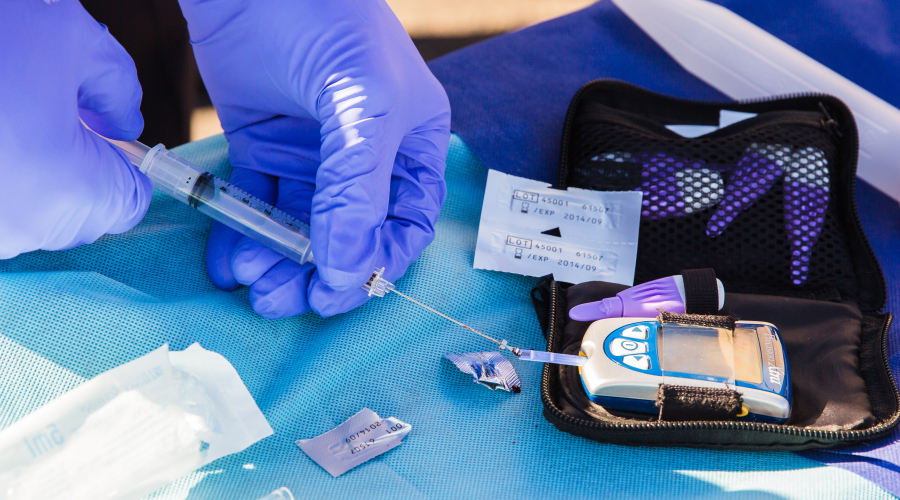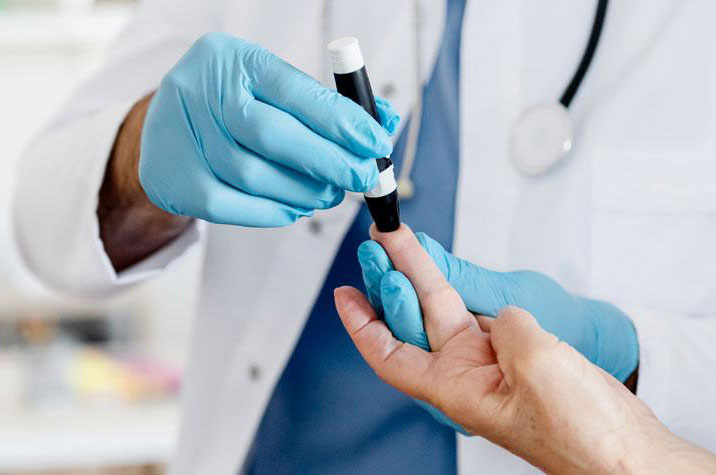
Endocrinology, Diabetes, and Metabolism
Molecular Mechanisms of the Disease Process
Basic research in lipoprotein metabolism investigating good (HDL) and bad (LDL) cholesterol translates into our clinical interest in controlling human lipoprotein disorders. Clinical research projects include new pharmacotherapies in type 1 and type 2 diabetes such as novel insulin sensitizers and new insulin analogs. Clinical research in obesity includes lifestyle interventions and novel pharmacotherapeutic agents used as adjunctive agents in obesity management.
Type 1 diabetes is caused by the body's defense or immune system destroying the insulin-producing islet cells. Studies are underway to investigate whether insulin, given before the onset of type 1 diabetes, can prevent the onset of disease. One disadvantage of using insulin as a preventative therapy is that it can cause low blood sugar reactions. Using a unique insulin (B25 Asp analog) that has been slightly modified so it does not lower blood sugar, recent studies at the University of Kentucky in an animal model of diabetes demonstrate that this analog prevents diabetes more effectively than insulin. Thus, this may be an ideal agent for clinical use in individuals at risk to develop diabetes since it can be used without the risk of low blood sugar reactions. These translational studies will be invaluable in development of therapies for the prevention of type 1 diabetes in man.
Destruction of insulin producing islet by immune T cells
This is the determination of biological-pathologic protocols to assist in the development of molecular therapies in the treatment of the following diseases:
-
Atherosclerosis
-
Hyperlipidemia
-
Immunology of type 1 diabetes
-
Obesity
-
Thyroid cancer
BBDOC Research Day
Each year, researchers from the University of Kentucky and other regional institutes share their findings and research about the rise in obesity and diabetes rates at the Barnstable Brown Diabetes Center – Obesity and Diabetes Research Day. To find out more about the day, including the speakers, visit the BBDOC page here.
